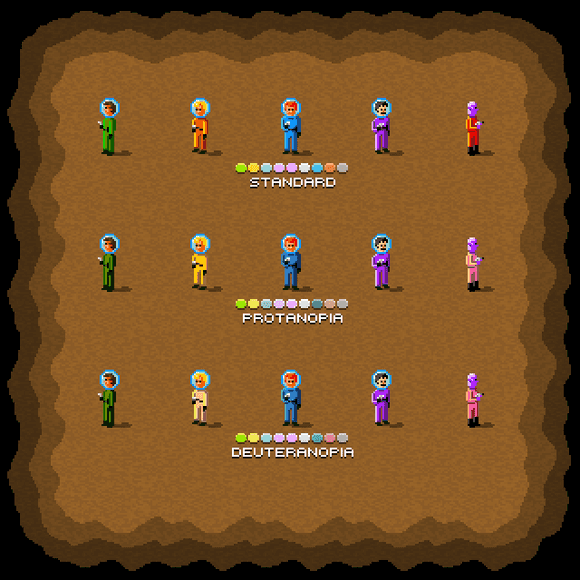'The making of Captain Toad: Treasure Tracker'
“We began with Super Mario 64,” Hayashida told Polygon via video conference. “While Super Mario 64 was quite an interesting game, we heard that roughly 20 percent of gamers found it too difficult,” he said, brandishing a copy of the Nintendo 64 game. “We kept that comment that the game was too challenging and made games like Super Mario 3D Land and Super Mario 3D World with that in mind.”
But, in making 3D Land and 3D World, the team felt it was getting away from a fundamental design principle that made Mario 64 so special: the idea that the levels were a sort of “diorama” or a “garden in a box,” entire worlds contained in relatively compact structures. In creating the Captain Toad stages for Mario 3D World, the studio was able to go back to that idea, and keep the challenge level accessible.
That’s how the team created the handful of stages starring Captain Toad for Super Mario 3D World. They represented a different style of play from the traditional 3D platforming in the rest of the game — slower paced and more cerebral, they offered players something of a refresher between obstacle courses and cat-powered wackiness.
In addition to the variety of interesting cross-overs and spin-offs, it seems like Nintendo has been a bit more open as of late, offering more peaks behind the certain.
As for Captain Toad, I love that Super Mario 64 stands as its foundation. However, my favorite part of Super Mario 64 is the challenge. It is always great to take a swing at impossibly difficult missions year after year. There is almost a “young grasshopper” feel to it. I hope Captain Toad: Treasure Tracker’s accessible “challenge level” isn’t too far removed from Super Mario 64.
Either way, this interview solidifies my thought that Captain Toad: Treasure Tracker is genius.

